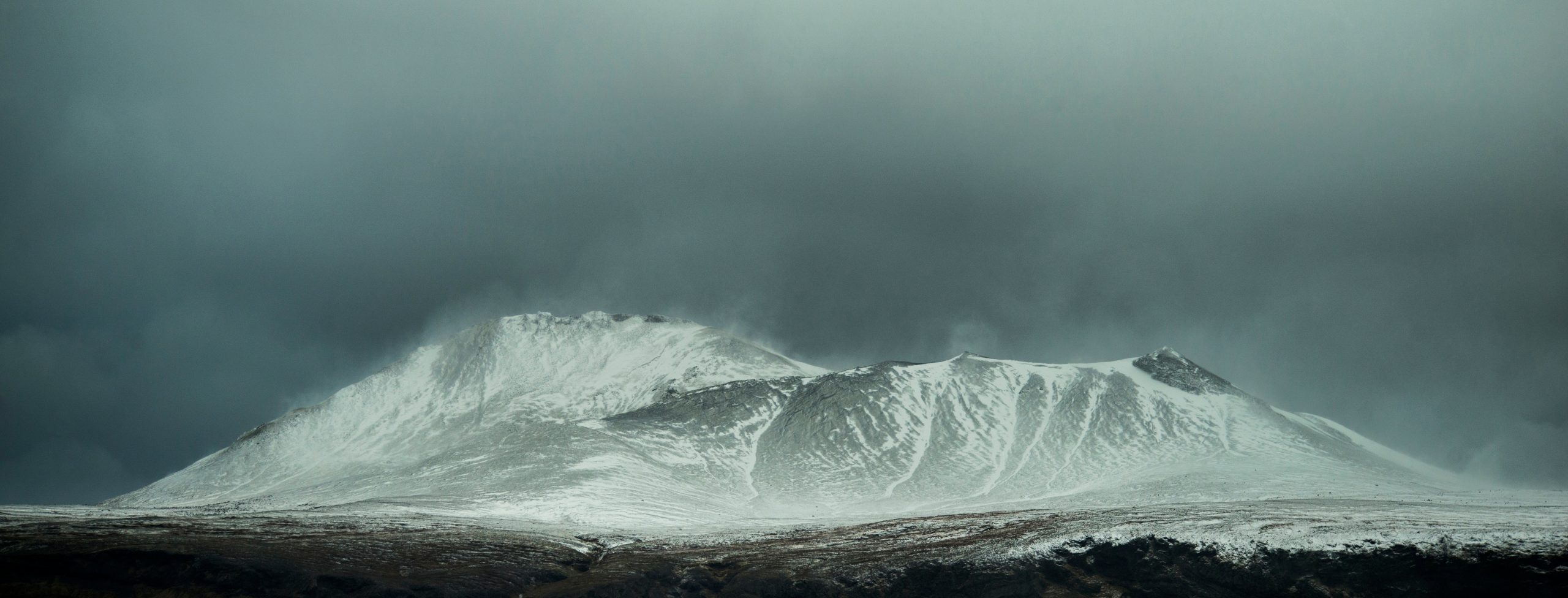Do You Know? The Volcanic Winter of 536 AD
In the year 536 AD, an unusual phenomenon befell the people of the Northern Hemisphere, vividly described by the historian Procopius. He depicted an unsettling world where sunlight was severely diminished, saying, “the sun gave forth its light without brightness, like the moon.” This eerie atmosphere sparked curiosity and fear among various cultures, leading to confusion as people witnessed what seemed like a permanent twilight.

The origins of this suffocating gloom were rooted in catastrophic volcanic activity. Researchers hypothesize that a series of massive eruptions in Iceland unleashed thick ash clouds that ominously spread across the atmosphere. These eruptions plunged Earth’s climate into chaos—not merely a dimmed sun, but a nightmare scenario, inciting fear and despair in the hearts of humanity. The ash did not solely cloud the skies; it also startled cultures, intertwining their narratives with depictions of angered gods or haunted landscapes, ultimately shaping folklore through storytelling that endures for generations.
As this darkness enveloped critical parts of the globe, statistics unveiled a chilling reality: summer temperatures plummeted by a staggering 2.5°C. Regions in Europe, the Middle East, and parts of Asia felt the impacts acutely; accounts emerged describing summers replaced by frost and unexpected snowfall in regions such as China. The contrasting trends of intense drought due to the grevious lack of sunlight, combined with the choking clouds of ash, forced people to struggle through harsh conditions, making survival integral lest they succumb to starvation.
The effects of the Volcanic Winter stretched far beyond mere discomfort. Devastating crop failures commenced, with empty granaries signaling irrevocable hardship. Entire families found themselves in ceaseless pursuit of scarce supplies while often suffering from debilitation. By 541 AD, the specter of bubonic plague shattered any glimmer of recovery. This chain of misfortunes plunged societies, notably in Anatolia and beyond, into significant turmoil, fostering unrest and fear, which stood in stark contrast to the bounty of once-thriving harvests.
Historical accounts like those by figures such as Cassiodorus provide insight into the drastic societal shifts observed at the time, detailing atmospheric changes and how perceptions of gloom inspired artists and storytellers to reflect on evolving legends of hope amidst despair. Acknowledging the prevailing famine, festivals featuring poignant symbols of feasting emerged, framing cultural narratives that represented hope through adversity.
Today, modern methodologies, including tree-ring and ice core analysis, substantiate these climatic upheavals. These enduring narratives yield support as historical facts emerging from tales embossed in shadows designated by the famished winters brought forth by despair. Understanding common misconceptions within these accounts highlights larger patterns that led to global climatic instability cementing the eventual decline of many civilizations, including the Byzantine Empire. Bound results illustrated common environmental threads across disparate lands promoted errant knowledge solidified through various resolutions or civilizational upheaval.
Digging deeper, it becomes imperative to explore enticing correlations that existed amidst these environmental changes of the era. A notable surge in migrations portrayed families eagerly seeking safety amidst the looming disruptions, often abandoning settled lives to explore newfound opportunities amidst the despair.
In contemporary society, we find ourselves contemplating these historical patterns, where technology offers tools to comprehend climate intricacies once historically neglected. The repercussions of climate change represented through the unfolding of events during this era expose significant realities mirrored across narratives of ongoing struggle, ego-bending us towards a softer embrace of humility beneath persistent adversities and unbeatable lessons shaped by memories.
References:
Why Much of the World Went Dark for 18 Months in 536 A.D. – link
Categories: Climate History, Do you know, Environmental Studies, Myth and Folklore
Tags: 536 AD, Bubonic Plague, climate change, History, Volcanic Winter
Religion: Various
Country of Origin: Global
Topic: Volcanic Events and Their Historical Impact
Ethnicity: Various


